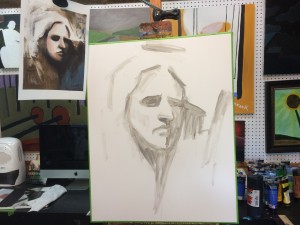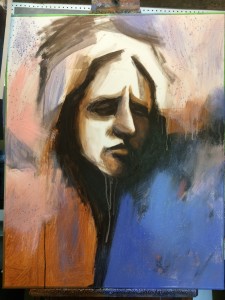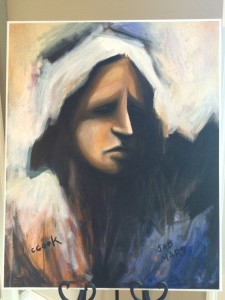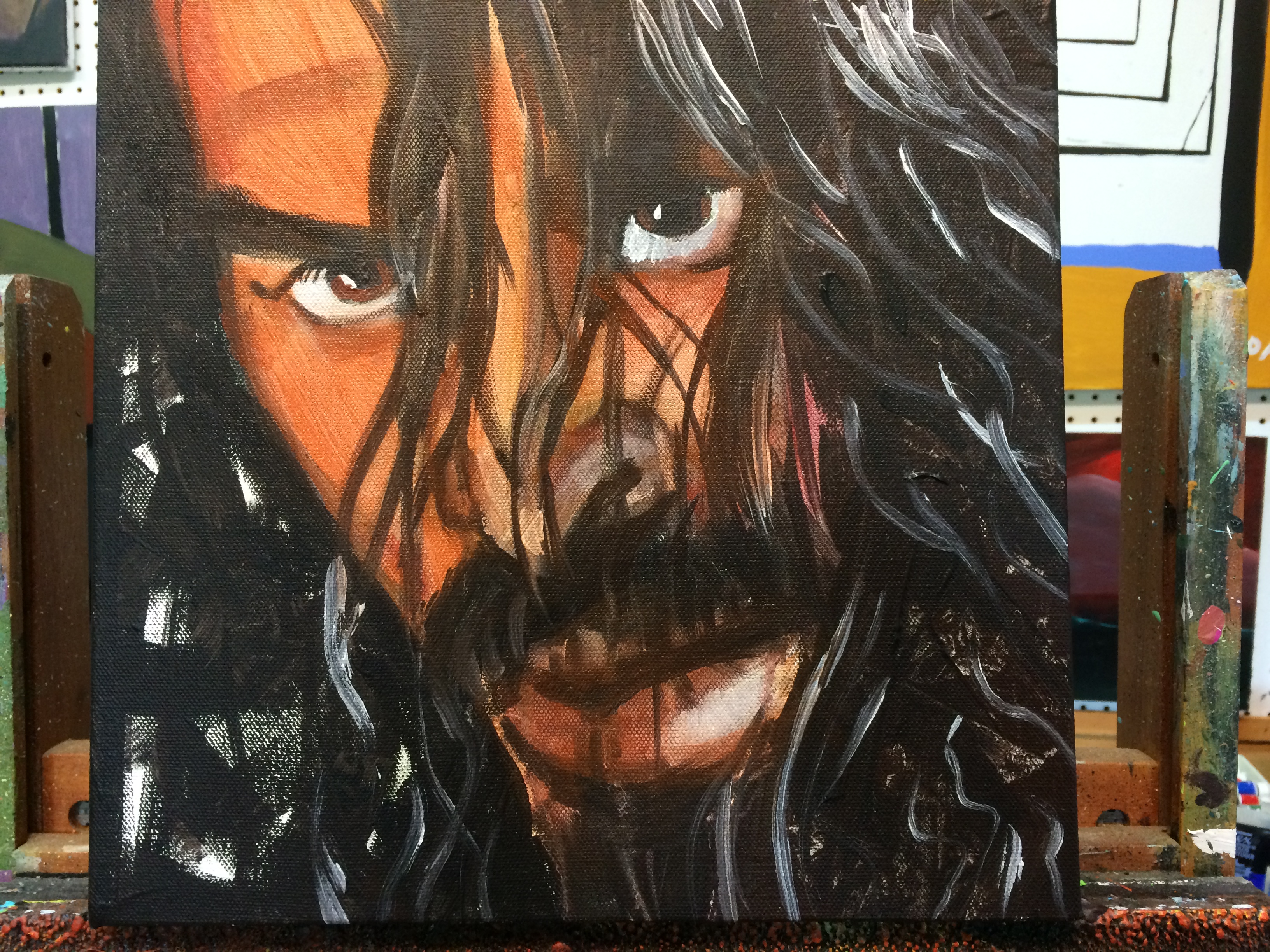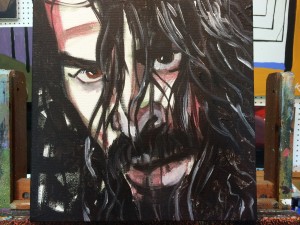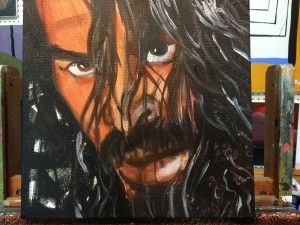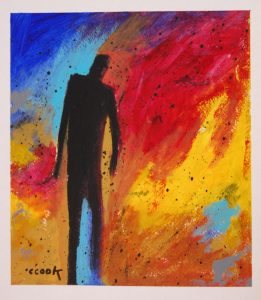
Our experiences shape our viewpoints. Consequently, everyone sees things differently. When people see this painting, they see a figure surrounded by a color explosion. They reach certain conclusions about what the colors are expressing about the figure. Some people may wonder why the figure is not a white figure, connected with peace and innocence. The figure is a dark contrast to the color explosion. Another part of everyone seeing things is the way humans see color. We see colors by different light rays coming into our eyes and our brain registering them. I would conclude from this, that we all see colors differently, even if the difference is a fraction of a shade in difference in color. The red I see in this painting could be much different than the way you see it or a tad lighter or darker.
I have a certain love for abstract paintings more than other type of paintings. Abstract paintings are known for being theoretical and not actually existing, but I believe that abstract paintings are the most realistic paintings. These paintings show our emotions, our beliefs and our dreams because they start out with no defined goal. As the artist begins the abstract, he has no rigid goal, but as the artist lays down the paint, he begins to see patterns. Chris realizes that certain colors would not mix with the other colors in this color explosion. Even though there are abstract paintings, these paintings are still influenced by the teachings and ideas of art the artist possesses. At some point in this artistic expression. Chris had to decide if he would have this figure in this painting. Chris had to decide if the figure would play a role in the expression of the painting. These paintings are realistic to our reality because we come into this world with no defined goal, but as we grow into a our person, we see certain patterns and make certain decisions leading to our final masterpiece as a person.
I am grateful that Chris put the figure in the painting, because I would not have had the revelation I had after studying the painting for a while. I leave for college this week, and I would assume that I am supposed to be nervous. College will be something I have never experienced before, but I am still trying to decide if that is an opportunity or a chasm filled with problems. I connect with the figure, I am the figure. The color explosion is the world around me. Giving me advice and telling me how to live and what to live for. The colors are also the obstacles I will face as I begin to figure out who I am. Many people will shrink in the face of this challenge and follow other people to protect themselves. It is much easier to live a life with other people’s values and expectations so you can blame them for your unhappiness. It is much harder to go into the world, determined to find out the world for yourself. The world is filled with much less people with “convictions”, convictions are fostered by contemplating on something in solitude. To live for something, you must believe come to the conclusion yourself. I do not want cheap beliefs that I have borrowed from others, I want my own beliefs.
I am not saying that by coming to conclusion by yourself, you will completely understand human reality or be more intellectually advanced than others. We cannot fully understand our human reality until after death. I have come into this world, to change something, to leave my mark. I am not here to leave a mark for anyone else, I will take the opportunities the world has given me. I have learned from many other people and will continue to learn from many more. But it is time, to come to my own conclusions. I am ready to live a life with convictions that are strong and lead me to the life I am destined to live.
When I was at Younglife volunteering at a camp for a month, a friend of mine Lee Wicks told me a quote that I will live my life by
“We choose to go to the moon, not because it is easy, but because it is hard” – John F. Kennedy.
An easy life is a life not worth living. I’m ready to be the figure going into the explosions of color in this life. Love you Dad, hopefully I’ll do something cool with my life. And hopefully, I learn something about writing.
- Carter Atchison, Student, Wofford College

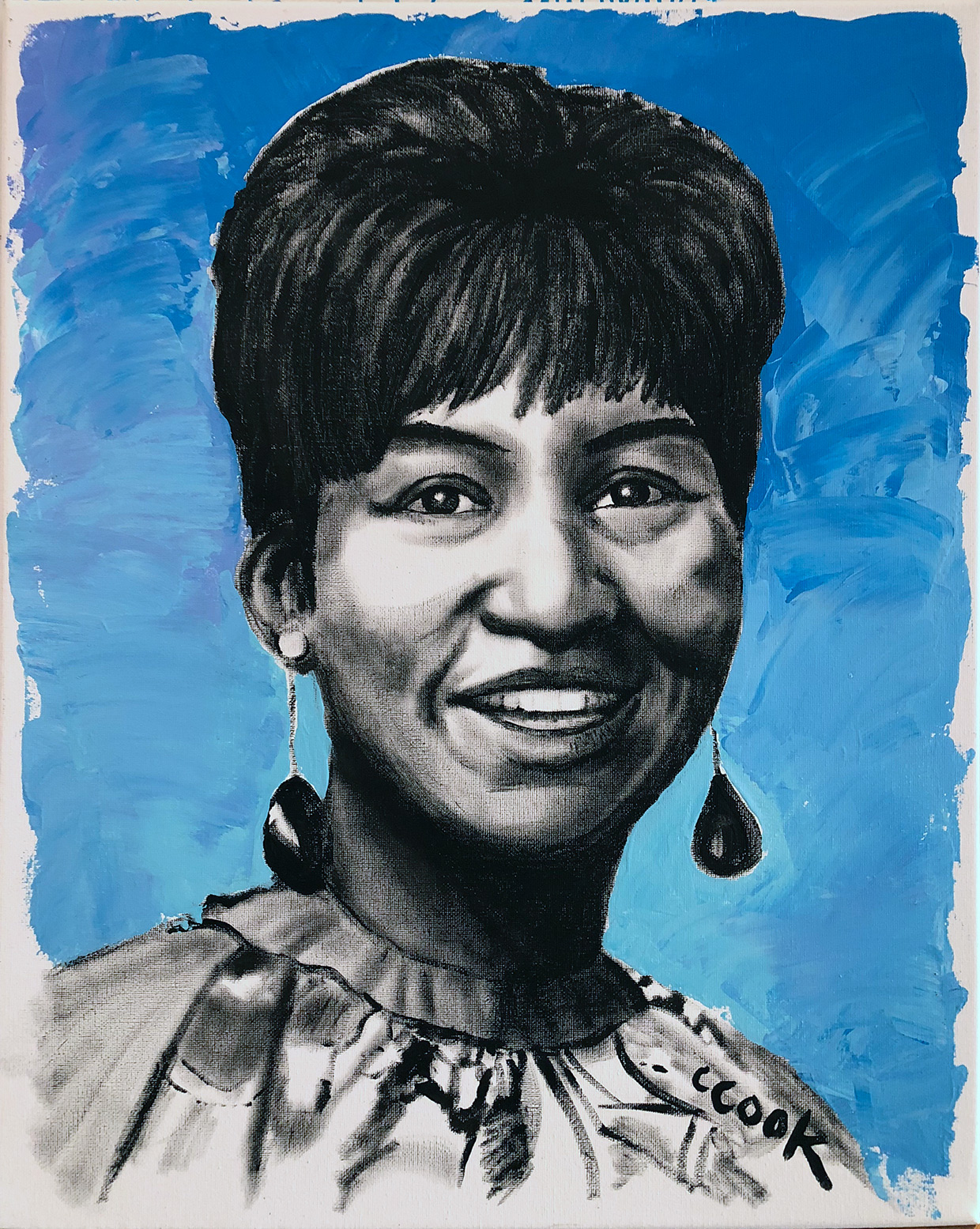
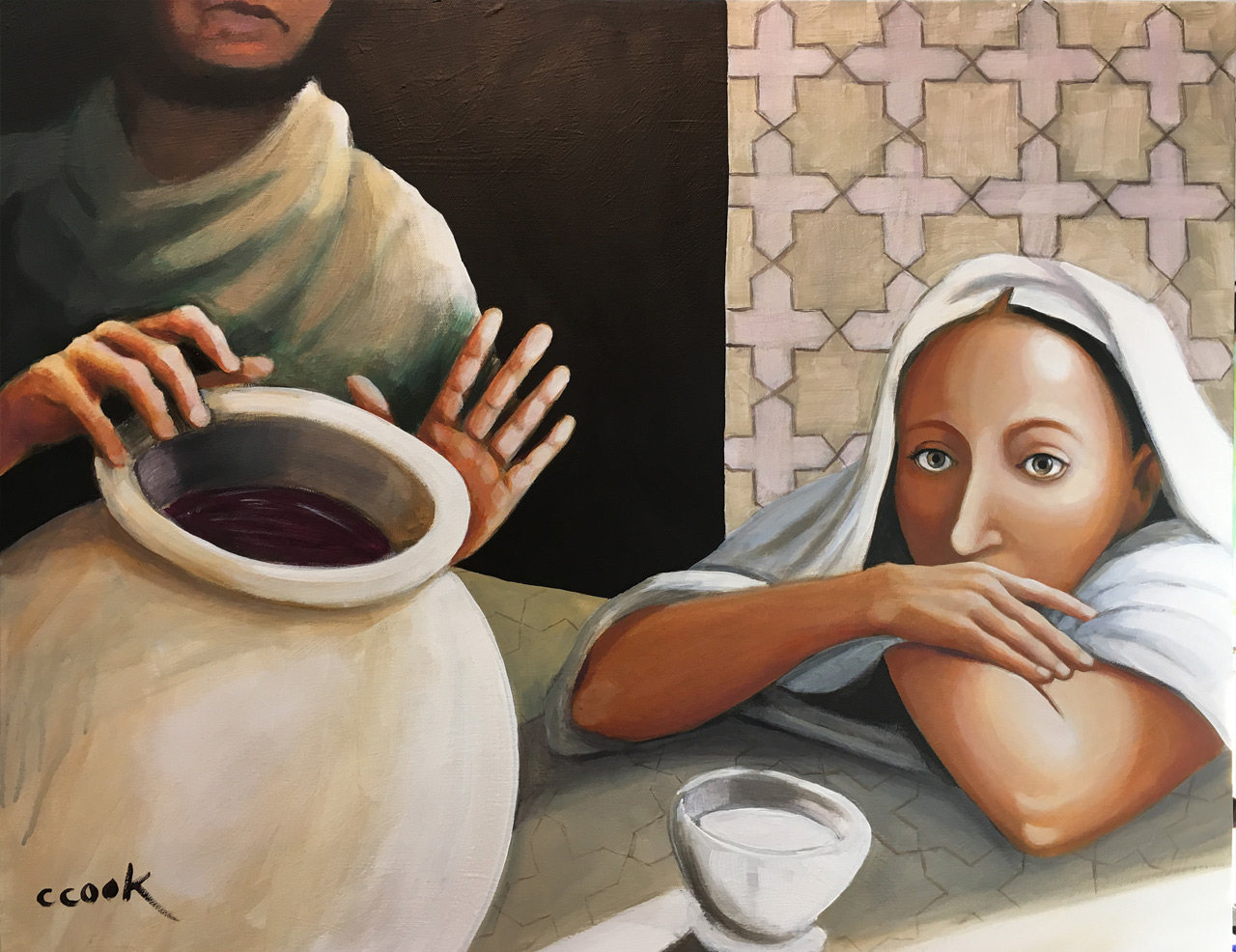
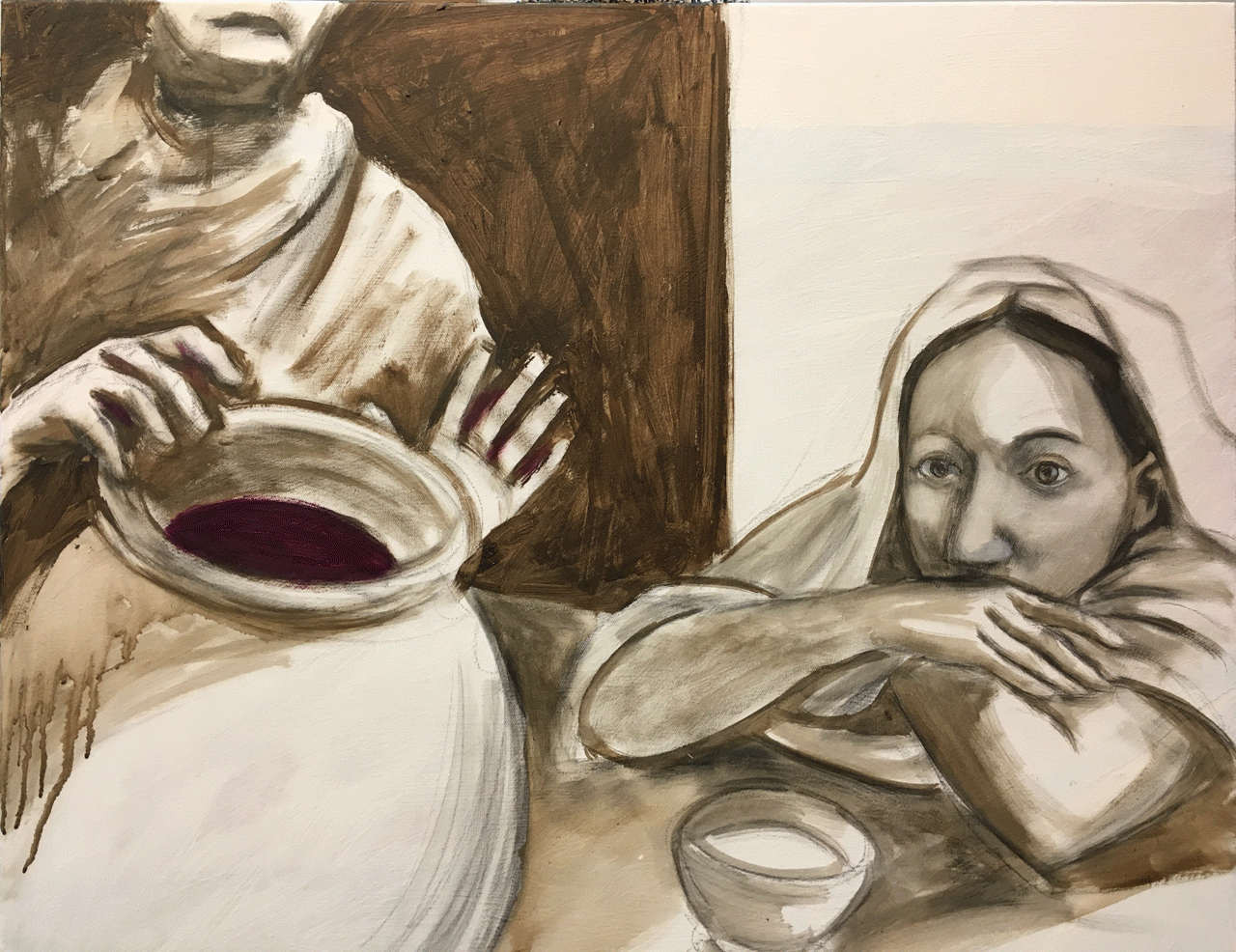
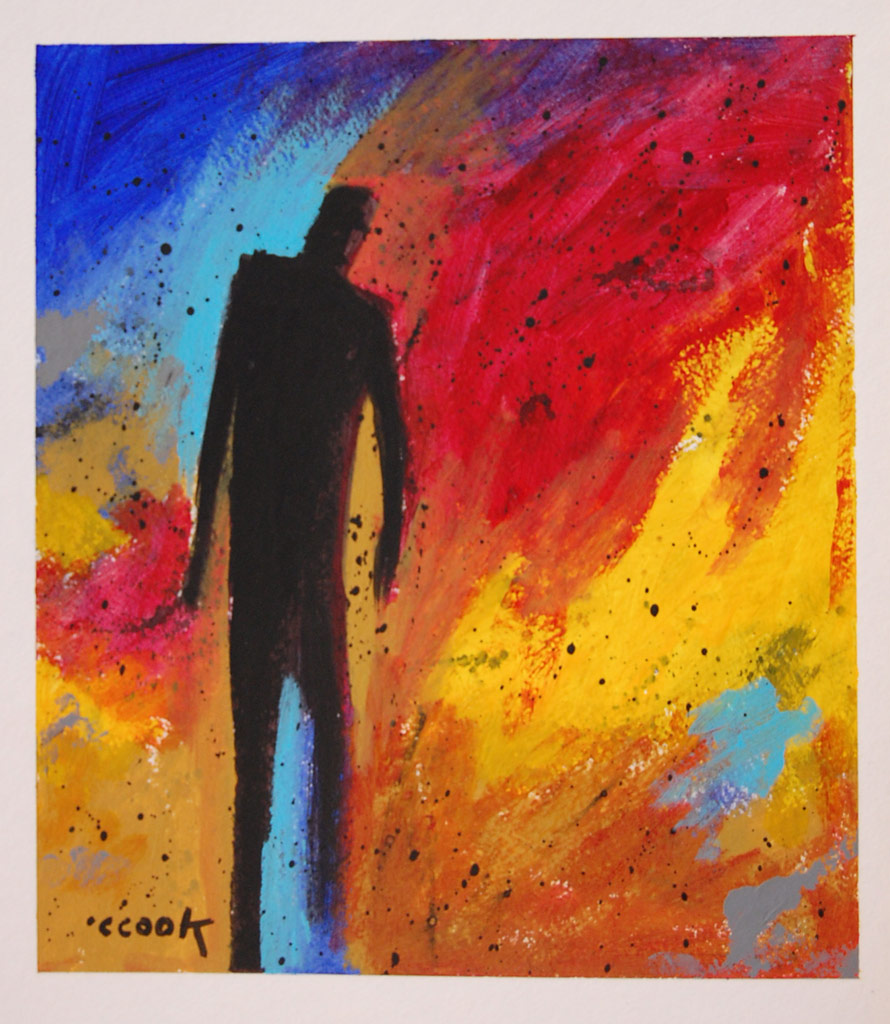


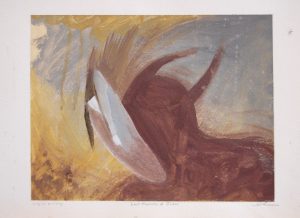

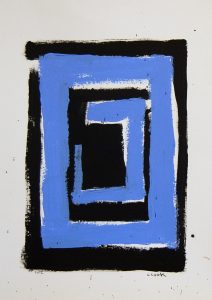
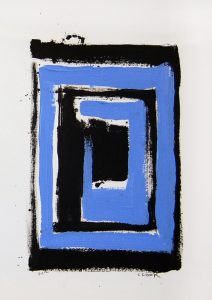 As I write this post, a recent memory springs up in my mind. Earlier this year, my dad had an art show at the Steffen Thomas Museum focused on Christian Art. One afternoon, Chris and I decided to go over there so I could look at his show. I am always amazed at my dad’s art and this was no exception. As we went from painting to painting, I could not imagine the countless hours he spent on each one of these paintings.
As I write this post, a recent memory springs up in my mind. Earlier this year, my dad had an art show at the Steffen Thomas Museum focused on Christian Art. One afternoon, Chris and I decided to go over there so I could look at his show. I am always amazed at my dad’s art and this was no exception. As we went from painting to painting, I could not imagine the countless hours he spent on each one of these paintings.
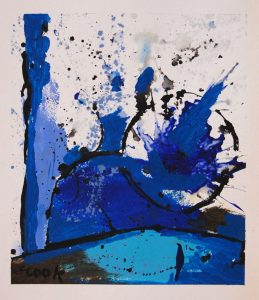

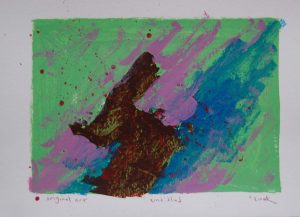 As a kid, the few times painting with my dad in his art studio is one of my fondest memories. My art career was relatively short, but my art style was eerily “similar” to his, or at least that was my goal (This was never accomplished). Our childhoods greatly affect how we experience the world and how we express our creativity. Chris’s father painted houses as a career and Chris would come paint the houses. I am not well versed in the art of painting houses, but I can confidently say that abstraction & creativity are not norms for painting houses in the South. A homeowner would be furious if their house ever looked like this painting with splotches & random colors on it. The homeowner would probably hear complaints from his neighbors, Southern hospitality. I am always curious on how my grandfather’s occupation with purposeful & little abstract painting affected how Chris looks at painting.
As a kid, the few times painting with my dad in his art studio is one of my fondest memories. My art career was relatively short, but my art style was eerily “similar” to his, or at least that was my goal (This was never accomplished). Our childhoods greatly affect how we experience the world and how we express our creativity. Chris’s father painted houses as a career and Chris would come paint the houses. I am not well versed in the art of painting houses, but I can confidently say that abstraction & creativity are not norms for painting houses in the South. A homeowner would be furious if their house ever looked like this painting with splotches & random colors on it. The homeowner would probably hear complaints from his neighbors, Southern hospitality. I am always curious on how my grandfather’s occupation with purposeful & little abstract painting affected how Chris looks at painting.


